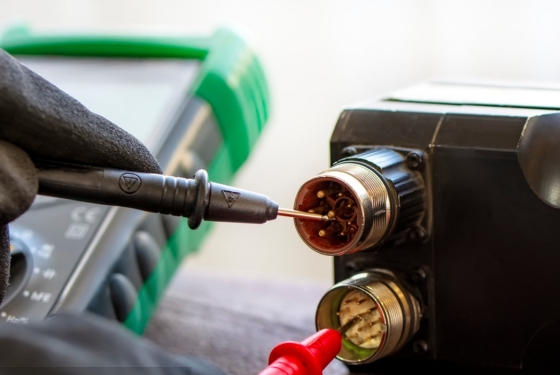How to Maintain Soldering Station?
A soldering station is a tool used in soldering operations to join two workpieces by applying heat to solder (now banned from tin wire) to melt it. Soldering stations play a vital role in the modern electronics manufacturing and repair industry. SMT technology and wave soldering technology are two key technologies, which together form the wings of the electronic product production process. The soldering station helps to accurately solder electronic components to printed circuit boards (PCBs) by providing a stable heat source, ensuring product quality and reliability. Therefore, a suitable soldering station can improve production efficiency, reduce production time and costs, thereby enhancing the market competitiveness of enterprises.
Soldering Station Maintenance and Upkeep
Welding station maintenance and upkeep is critical to ensuring welding quality and the long life of your equipment. The following are some basic maintenance tips provided by ATO Industrial Automation for you, and it is recommended that operators be fully trained before taking up the job to ensure the correctness of the operation, help you improve welding efficiency and quality, and extend the service life of the equipment.

Clean the Welding Head
The surface of the soldering station is easy to accumulate dust and impurities. You should always use a special electronic wiper to wipe the surface to remove surface impurities. Before and after welding, you can use a clean and moist cleaning sponge to wipe the welding head to remove welding slag, oxides and other impurities on the surface and inside of the welding station. This helps maintain good thermal conductivity of the welding head and reduces welding errors such as false welding and false welding. The surface of the soldering station should be sprayed with anti-static agent frequently to prevent static electricity from affecting the use of equipment and product quality.
Temperature Management
Use at the lowest possible temperature to avoid thermal damage to components. Proper use of the sleep function can effectively extend the service life of the soldering iron tip. The soldering station should not be left empty for a long time to avoid damage to the soldering iron tip and core. When not in use, the soldering iron tip should be placed on the soldering iron stand to avoid scalding other items, and the power should be turned off and unplugged in time to avoid unnecessary energy consumption and safety risks.
Regular Inspection and Replacement of Parts
The temperature of the soldering station and whether there is any leakage should be checked at least twice a day and recorded. If the temperature exceeds or falls below the specified range or there are signs of leakage, use should be stopped immediately. Regularly check all components of the soldering station, and replace the welding tip, nozzle, contact tip, etc. when necessary. In addition, current, voltage and other parameters should also be adjusted regularly to ensure that the welding parameters meet the requirements and to prevent voltage fluctuations from causing damage to the welding station. Calibrating the soldering station is also necessary to ensure stability and accuracy during the welding process. If the resistance value of the heating core is abnormal, the heating core should be replaced with a new one (be careful not to knock hard when welding, as the heating core is easily damaged when the temperature is high).

Storage and Protection
On the one hand, use a clean cloth to cover the soldering station to prevent dust and debris from entering. On the other hand, if it is not used for a long time, it should be stored in a dry, ventilated environment away from direct sunlight.

